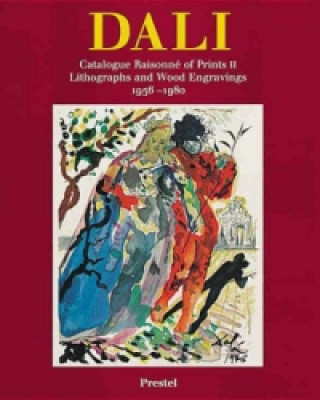
Kód: 05042709
Catalogue Raisonne of Prints II
Autor Salvador Dalí
Salvador Dali, who was born in Figueras in Catalonia in 1904 and died there 85 years later, was one of the most important of the Surrealists. Simultaneously a painter, writer, filmmaker and, above all, a showman, the artist create ... celý popis
- Jazyk:
 Angličtina
Angličtina - Vazba: Pevná
- Počet stran: 192
Nakladatelství: Prestel, 1995
- Více informací o knize

Mohlo by se vám také líbit
-

Catalogue Raisonné
607 Kč -
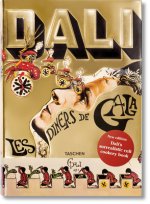
Dali. Les diners de Gala
1349 Kč -
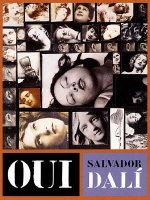
Oui
404 Kč -
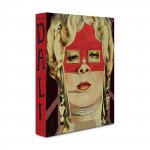
Salvador Dali: The Impossible Collection
30413 Kč -

Appeasing Hitler
3289 Kč -

International Science Workbook 2
536 Kč -

Pablo Picasso
1155 Kč
Informovat o naskladnění knihy
Zadejte do formuláře e-mailovou adresu a jakmile knihu naskladníme, zašleme vám o tom zprávu. Pohlídáme vše za vás.
Více informací o knize Catalogue Raisonne of Prints II
 Anotace knihy
Anotace knihy
Salvador Dali, who was born in Figueras in Catalonia in 1904 and died there 85 years later, was one of the most important of the Surrealists. Simultaneously a painter, writer, filmmaker and, above all, a showman, the artist created an enormous wealth of material by means of his versatile talents. With his self-dramatization and skilful establishment of his own personality as a work of art, he was a model for many other 20th-century artists. In their acknowledgements to "Salvador Dali: Catalogue Raisonne of Prints I - Etchings and Mixed-Media Prints, 1924-1980", published in 1993, authors Ralf Michier and Lutz W. Loepsinger thanked Robert Descharnes, Dali's personal secretary of many years, for "protecting us from the small band of interested parties who tried to obstruct our research, even into forgeries, by means of intimidation, threats of litigation, and intrigue." Although Dali produced far fewer lithographs and wood engravings than etchings and mixed-media graphics, the problems encountered by the authors for this second volume were in no way diminished, as once again there exist a large number of forgeries that were made on signed sheets of blank paper. This title illustrates the total output of this bizarre period of the artist's life. Until 1956, Dali rejected lithography as an artistic medium. He considered the technique "weak and bureaucratic". It was only the insistence of the publisher Josef Foret that led him to become more involved, in a predictably unconventional fashion, however. He worked on stone, both on the Paris streets and in his garden in Cadaques. Light bulbs filled with lithographic ink were smashed against stone, or ink-filled bullets were fired at printing plates from antique rifles or crossbows to produce the first tachist graphics in history.
 Parametry knihy
Parametry knihy
Zařazení knihy Knihy v angličtině The arts History of art / art & design styles History of art & design styles: from c 1900 -
- Plný název: Catalogue Raisonne of Prints II
- Podnázev: Lithographs and Wood Engravings, 1956-80
- Autor: Salvador Dalí
- Jazyk:
 Angličtina
Angličtina - Vazba: Pevná
- Počet stran: 192
- EAN: 9783791316024
- ID: 05042709
- Nakladatelství: Prestel
- Hmotnost: 1418 g
- Rozměry: 297 × 241 × 23 mm
- Datum vydání: 19. October 1995
Oblíbené z jiného soudku
-

Dark Souls III: Design Works
1198 Kč -

Dark Souls: Design Works
813 Kč -

Bauhaus
410 Kč -

Dark Souls II: Design Works
1226 Kč -

Palette Perfect
626 Kč -
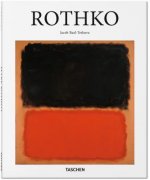
Rothko
383 Kč -

Kay Nielsen. East of the Sun and West of the Moon
421 Kč -

Why You Better Call Saul
419 Kč -

Breaking the Rules of Watercolour
543 Kč -

Abstract Expressionism
410 Kč -
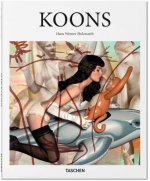
Koons
468 Kč -
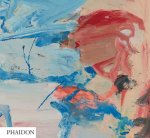
A Way of Living: The Art of Willem de Kooning
1602 Kč -

Neo Rauch: At the Well
1057 Kč -

Andy Warhol 'Giant' Size
3234 Kč -

Nanduti, Lace of Paraguay
732 Kč -
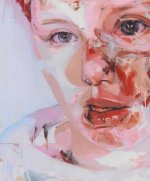
Jenny Saville
3080 Kč -

Neo Rauch
1576 Kč -
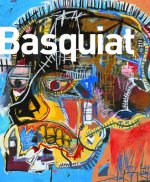
Basquiat
517 Kč -

Paulina Olowska
757 Kč -

Luc Tuymans: Intolerance
2382 Kč -

Albert Oehlen
1842 Kč -
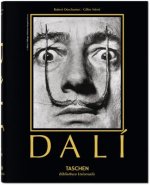
Dali. The Paintings
505 Kč -

Final Fantasy Ultimania Archive Volume 1
965 Kč -
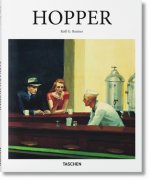
Hopper
369 Kč -
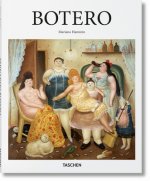
Botero
425 Kč -

Botanicals
440 Kč -

August Sander: Face of Our Time
242 Kč -

The Art of Horizon Zero Dawn
848 Kč -

Cats Galore
615 Kč -

Art of Atari
866 Kč -
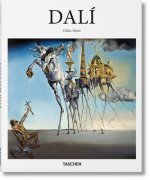
Dali
410 Kč -

The Art of Loish
714 Kč -

Edward Hopper
302 Kč -

Art of John Harris: Beyond the Horizon
677 Kč -

Pop Art
410 Kč -

Gio Ponti
360 Kč -

Infinity Net
431 Kč -

Charles Tunnicliffe
1169 Kč -

Ocean Liners
913 Kč -

The Legend of Zelda: Hyrule Historia
826 Kč -

David Hockney's Dog Days
276 Kč -

J. C. Leyendecker: American Imagist
1211 Kč -

Sketchbook of Loish
714 Kč -
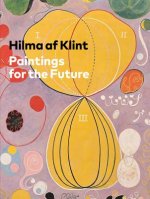
Hilma af Klint
1358 Kč -

Andrzej Wroblewski
1067 Kč -
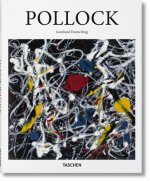
Pollock
410 Kč -

Berlin in the 1920s
290 Kč -

Egon Schiele
463 Kč -
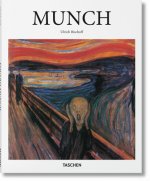
Munch
383 Kč
Osobní odběr Praha, Brno a 12903 dalších
Copyright ©2008-24 nejlevnejsi-knihy.cz Všechna práva vyhrazenaSoukromíCookies



 Vrácení do měsíce
Vrácení do měsíce 571 999 099 (8-15.30h)
571 999 099 (8-15.30h)